Mitosis Animal Cells Worksheet
If you're searching for a comprehensive learning resource to enhance your understanding of mitosis in animal cells, then this worksheet is the perfect fit for you. Designed to provide a clear and concise summary of key concepts, this worksheet delves into the complexities of mitosis and is tailored for biology students seeking to deepen their knowledge and comprehension in this area.
Table of Images 👆
More Other Worksheets
Kindergarten Worksheet My RoomSpanish Verb Worksheets
Cooking Vocabulary Worksheet
My Shadow Worksheet
Large Printable Blank Pyramid Worksheet
Relationship Circles Worksheet
DNA Code Worksheet
Meiosis Worksheet Answer Key
Art Handouts and Worksheets
7 Elements of Art Worksheets
What is mitosis?
Mitosis is a process of cell division where a single cell divides into two identical daughter cells, each containing the same number of chromosomes as the original cell. This process is essential for growth, development, and repair of the body as it allows cells to reproduce and replenish damaged or old cells.
What is the purpose of mitosis in animal cells?
The purpose of mitosis in animal cells is to ensure the accurate division of the cell's genetic material, thereby producing two identical daughter cells. This process is crucial for growth, repair, and maintenance of tissues in the body. Mitosis plays a key role in various biological functions, including cell development, tissue regeneration, and asexual reproduction in some organisms.
How many stages are there in mitosis?
There are four stages in mitosis: prophase, metaphase, anaphase, and telophase.
What happens in the prophase stage of mitosis?
During the prophase stage of mitosis, the chromosomes condense and become visible, the nuclear envelope breaks down, and the centrosomes move to opposite poles of the cell. Additionally, microtubules called spindle fibers begin to form and radiate from the centrosomes. The prophase stage is characterized by the preparation of the cell for division by ensuring that the genetic material is organized and the necessary structures are in place for the subsequent stages of mitosis.
Describe the metaphase stage of mitosis.
During metaphase of mitosis, the duplicated chromosomes line up along the metaphase plate, which is an imaginary plane equidistant between the two centrosomes at opposite ends of the cell. The chromosomes are attached to the spindle fibers with their centromeres facing opposite poles, creating a visible X-shaped structure. This alignment ensures that when the cell divides, each daughter cell will receive an identical set of chromosomes. Additionally, the nuclear envelope has completely dissolved by this stage, allowing the chromosomes to be fully exposed and organized for separation.
What occurs during the anaphase stage of mitosis?
During anaphase in mitosis, the sister chromatids that make up each chromosome are pulled apart towards opposite ends of the cell by the shortening of spindle fibers. This movement ensures that each daughter cell receiving the separated chromatids will have a complete set of chromosomes. As a result, the genetic material is precisely divided between the two daughter cells.
Explain the process of telophase in mitosis.
During telophase in mitosis, the separated sister chromatids arrive at opposite poles of the cell. At this stage, a new nuclear membrane begins to form around each set of chromosomes. The chromosomes begin to decondense back into chromatin, and the spindle fibers disappear. Meanwhile, the cell continues to elongate as cytokinesis begins, resulting in the division of the cytoplasm and the formation of two daughter cells, each with its own nucleus containing a complete set of chromosomes.
What is cytokinesis and when does it occur during mitosis?
Cytokinesis is the process of cell division that occurs after the completion of mitosis, specifically during the telophase stage. It involves the physical separation of the cytoplasm and organelles, ultimately resulting in the formation of two daughter cells with identical genetic material.
How does mitosis contribute to growth and repair in animal cells?
Mitosis is a type of cell division that plays a crucial role in growth and repair in animal cells by allowing for the replication and distribution of genetic material to create new cells. During mitosis, a cell duplicates its DNA and divides into two identical daughter cells, each receiving a complete set of chromosomes. This process enables organisms to grow by increasing the number of cells in their body and facilitates the repair of damaged tissues by replacing old or injured cells with new ones. In this way, mitosis contributes to the overall development, maintenance, and regeneration of tissues and organs in animal organisms.
What are some examples of animal cells that undergo mitosis regularly?
Examples of animal cells that undergo mitosis regularly include skin cells, hair follicle cells, blood cells, and cells in the lining of the intestines. These cells divide constantly to replace old or damaged cells and maintain tissue integrity and function.
Have something to share?
Who is Worksheeto?
At Worksheeto, we are committed to delivering an extensive and varied portfolio of superior quality worksheets, designed to address the educational demands of students, educators, and parents.

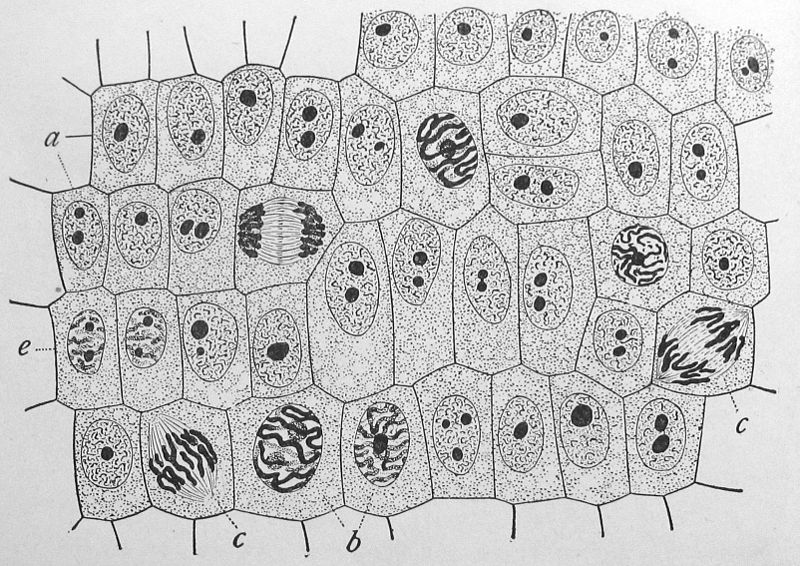



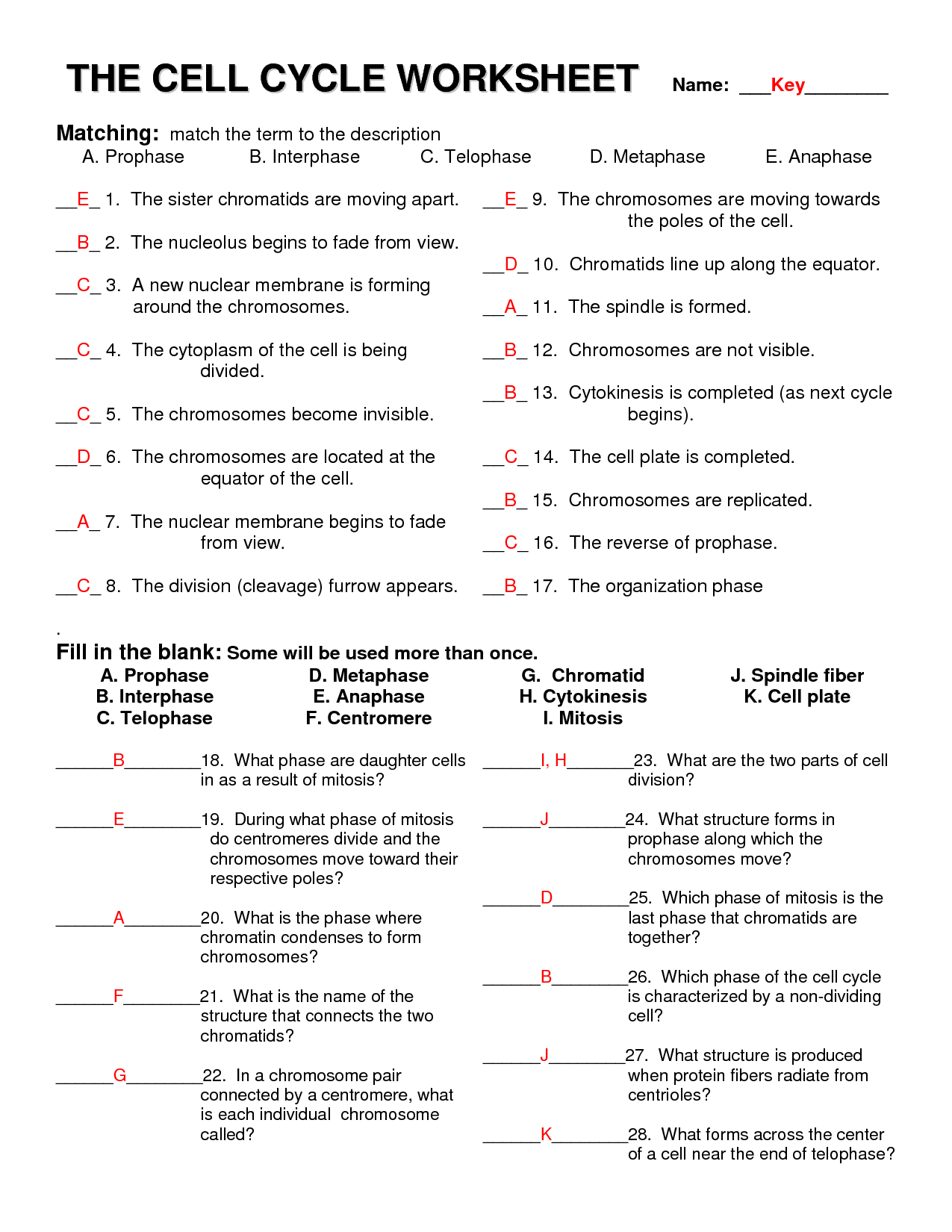
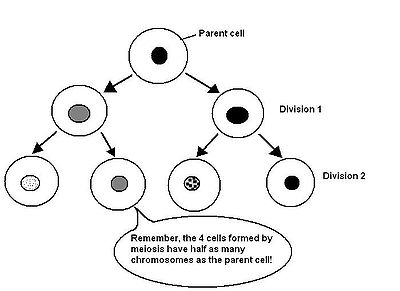
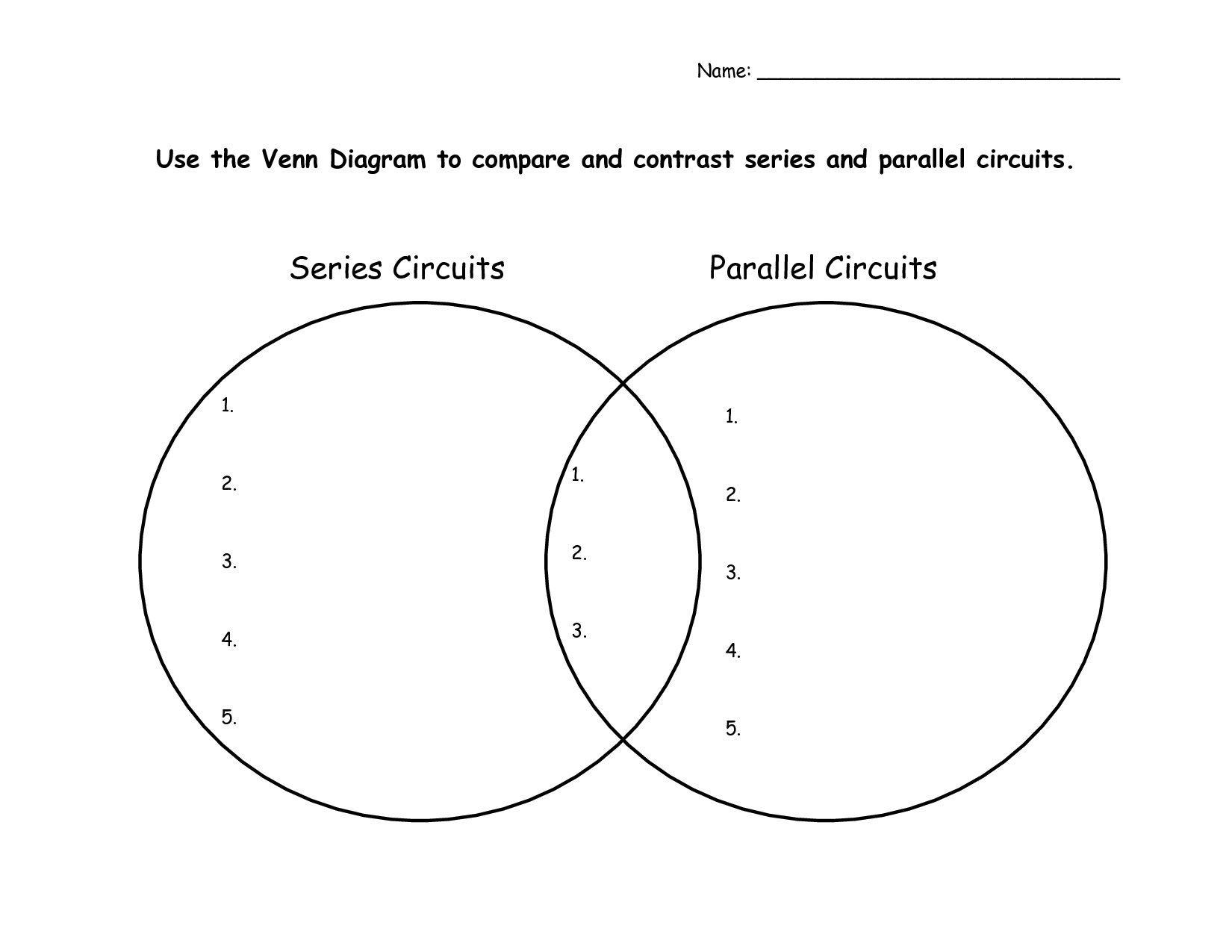
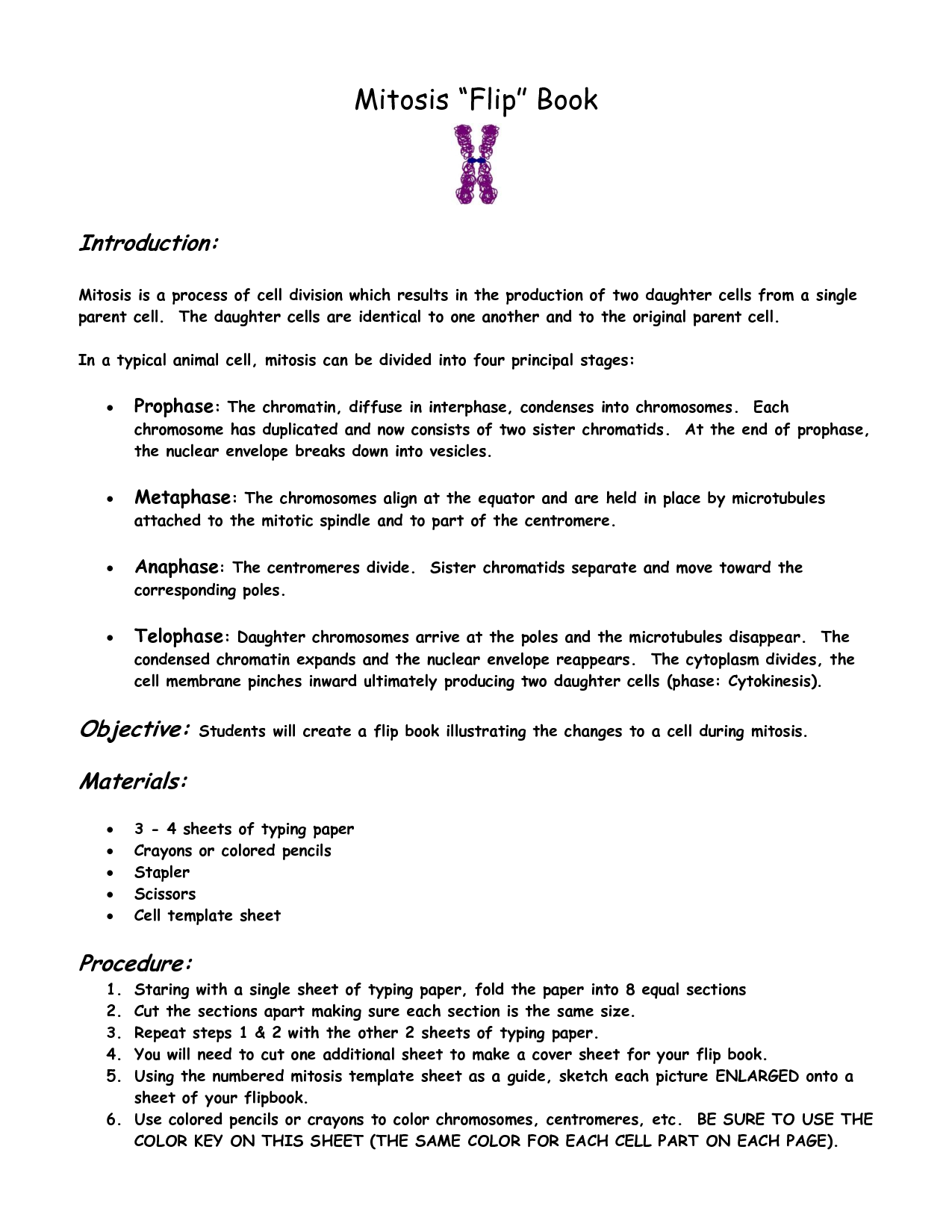
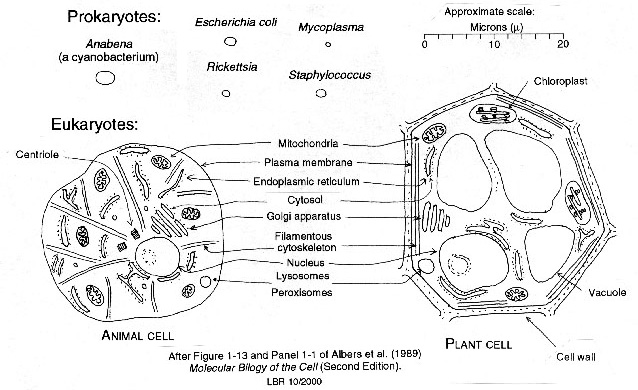
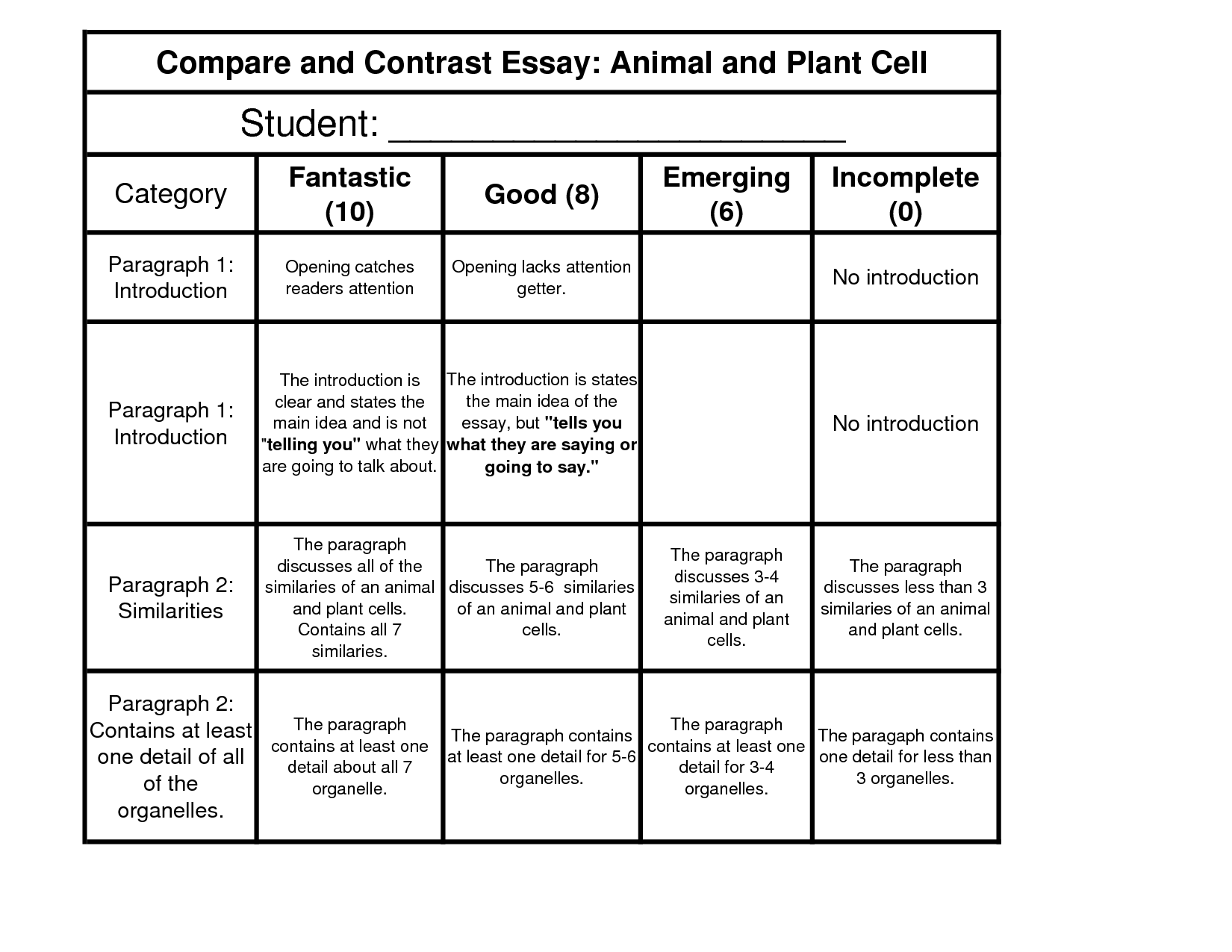














Comments